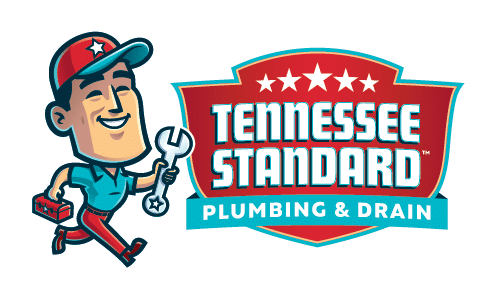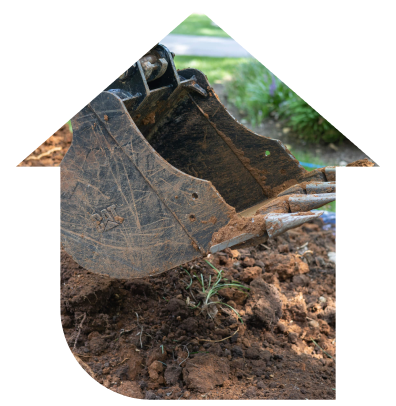Reliable Knoxville Sewer Line Replacement & Repair
If you need help with your sewer line in Knoxville, TN, Tennessee Standard Plumbing can provide essential solutions. We understand that most of the time, you don’t notice your sewer, but any issue that arises with it can be a major disruption to your normal life. By providing maintenance, sewer line repair, and inspection services, we can help you ensure the proper functioning of your home or business.
Sewer lines are an essential component of a plumbing system responsible for carrying wastewater and sewage away from homes, businesses, and other structures. These underground pipes connect individual properties to a larger municipal sewage system or a septic tank. Properly functioning sewer lines are crucial for maintaining public health and environmental sanitation.
However, they can be susceptible to damage from tree roots, ground shifts, clogs, or deterioration over time, leading to issues like blockages, leaks, and sewage backups. Regular inspection, maintenance, and timely repairs are key to ensuring efficient wastewater removal and preventing costly and unsanitary plumbing problems.
Contact our plumbing team today for sewer line replacement and repair!



